This article describes steps to view or list all user accounts using multiple tools on Windows 11.
One can use multiple tools to view all user accounts on a Windows computer. However, they all provide the same results – displaying all accounts hidden or disabled on a Windows system.
In Windows 11, one can use the Windows Settings app, Computer Management, the Command Prompt, and Windows PowerShell app.
If you are a system administrator or a power user and want to see existing accounts on Windows 11, continue below to learn how.
How to display all user accounts in Windows 11
As described above, there are multiple tools one can use to view all user accounts on a Windows computer. However, they all provide the same results – to get you information on all users created on a Windows machine.
View accounts using the Windows Settings app.
Windows 11 has a Settings app that allows users to configure many settings. From connecting a Bluetooth device to renaming a computer to creating user accounts, the Windows Settings app lets you do them all.
Click the Start menu button to view user accounts using the Settings app. Then select Settings. Alternatively, you can use the keyboard shortcut ( Windows key + I ) to launch the Settings app.
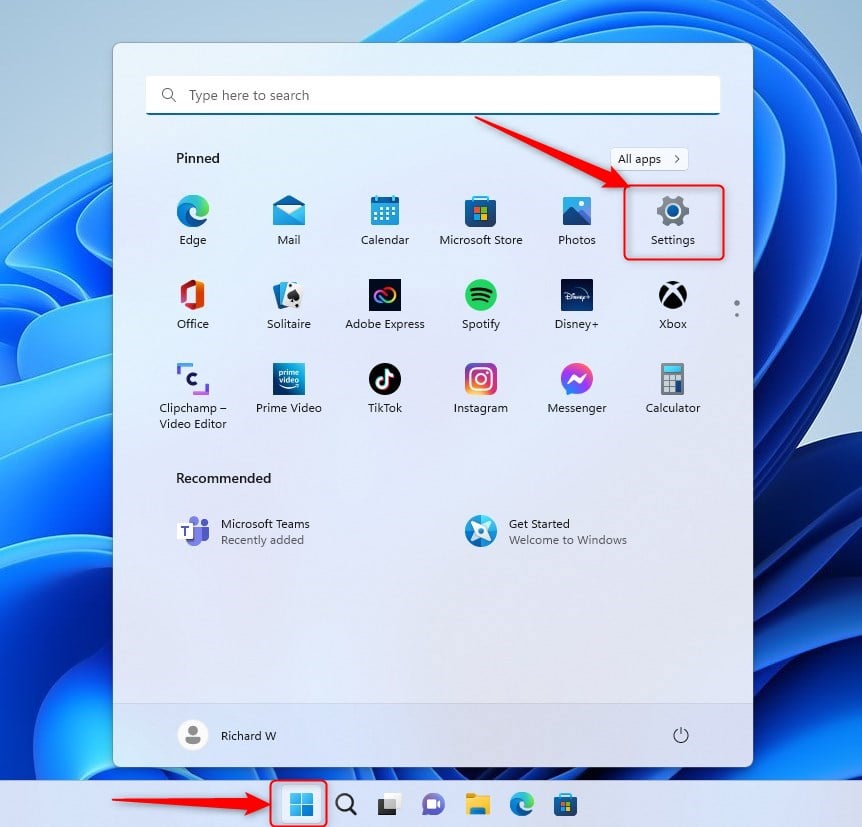
When the Settings app opens, click the Account button on the left.
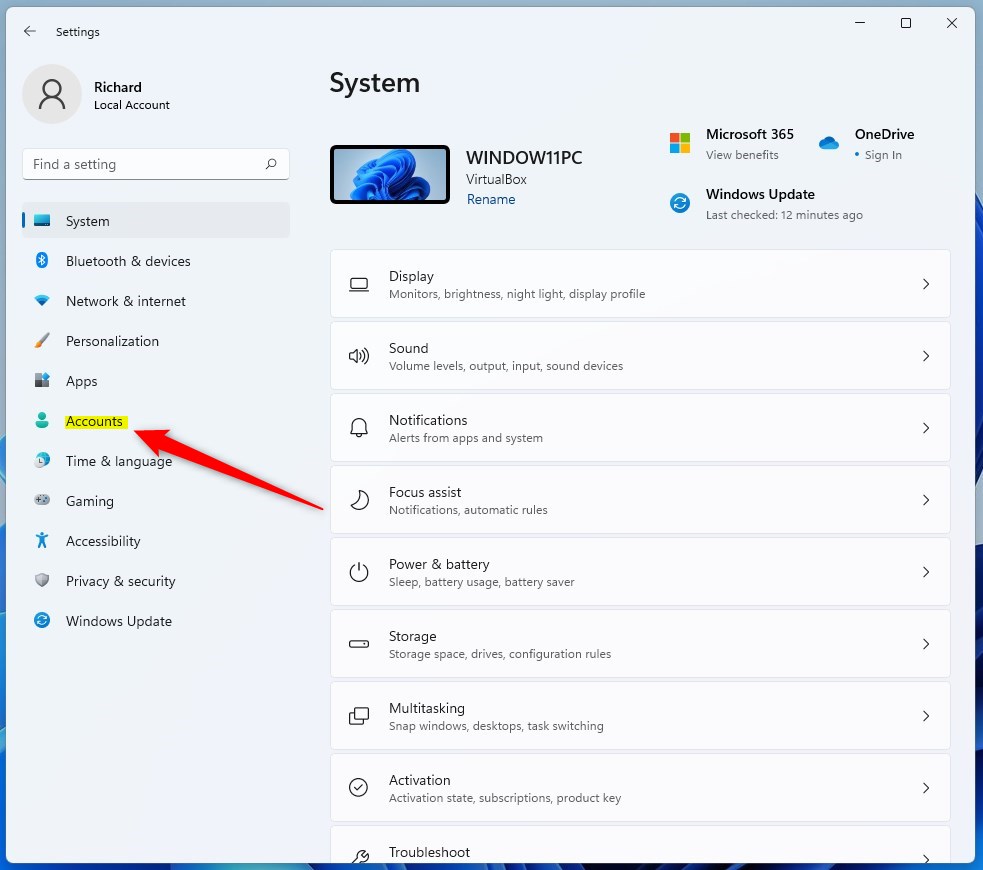
On the right, select the Family & other users tile to expand.
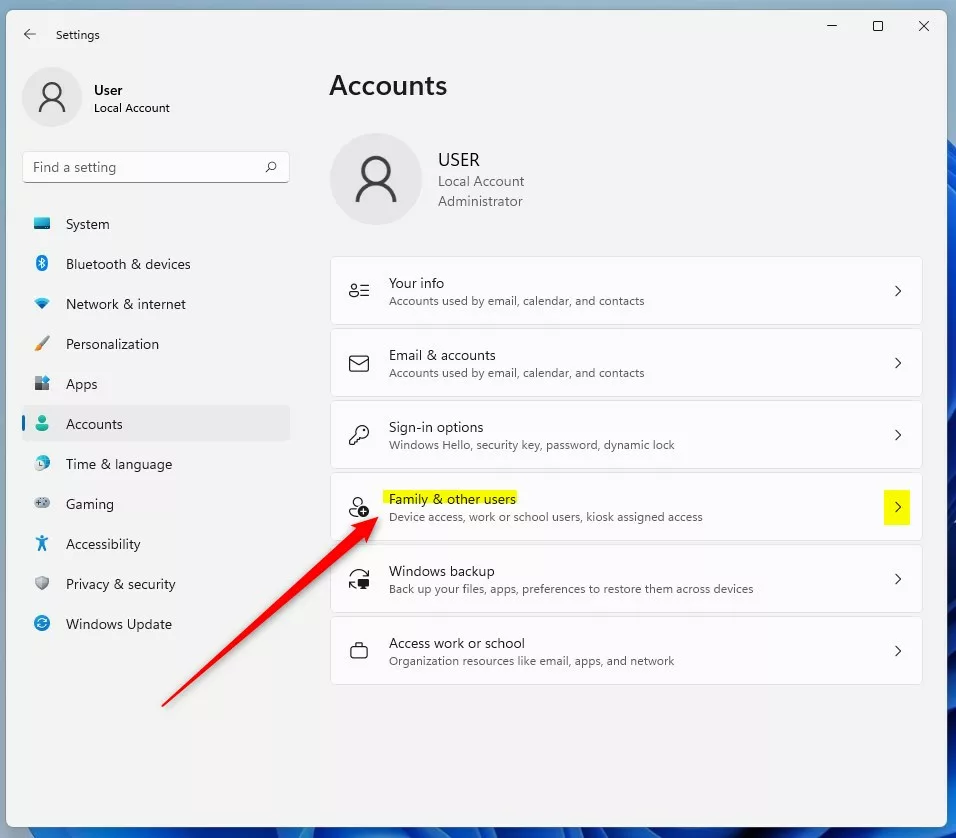
On the Account -> Family & other users tile, under Other users, you will see a list of local accounts created on the system.
The list includes other users, not your current account, to sign into Windows.
Accounts that sign in with a Microsoft account will be listed on Your Family.
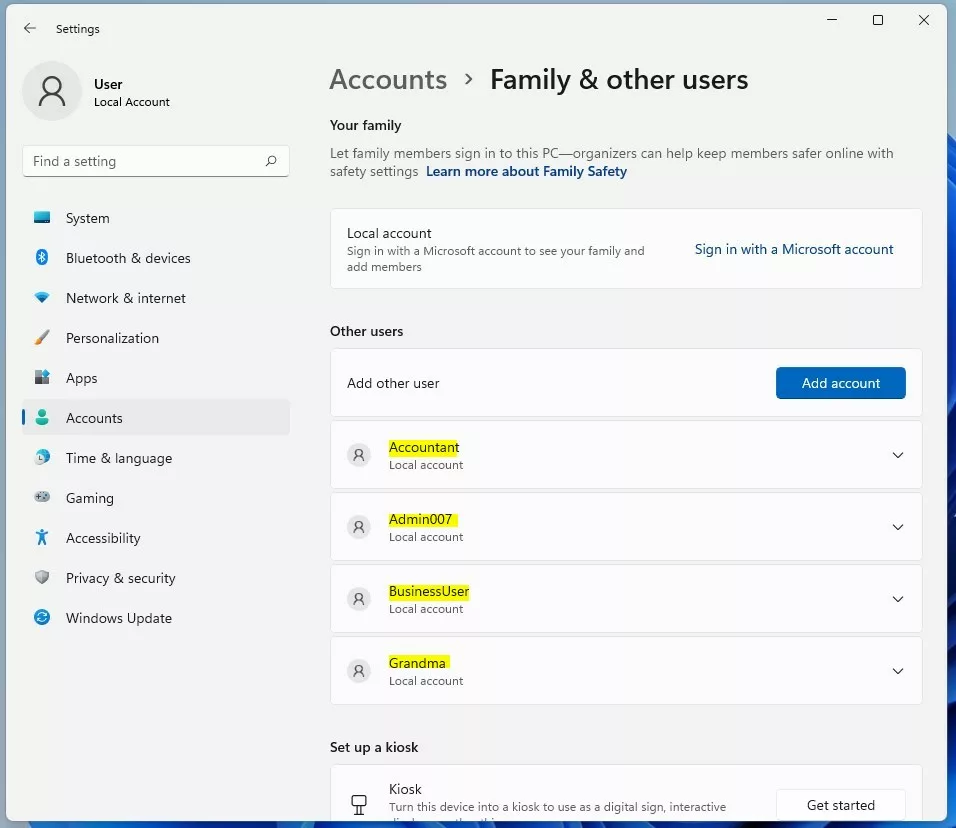
The Settings app doesn’t list hidden accounts, so this might not be all the information you need.
See all user accounts using Computer Management
Another tool one can use to view or list all user accounts in Windows is the Computer Management tool. This tool allows you to manage accounts and other system settings.
To access the tool, click on the Start menu button. Then use the search box to search for “Computer Management.” Finally, select the app under Best match to open.
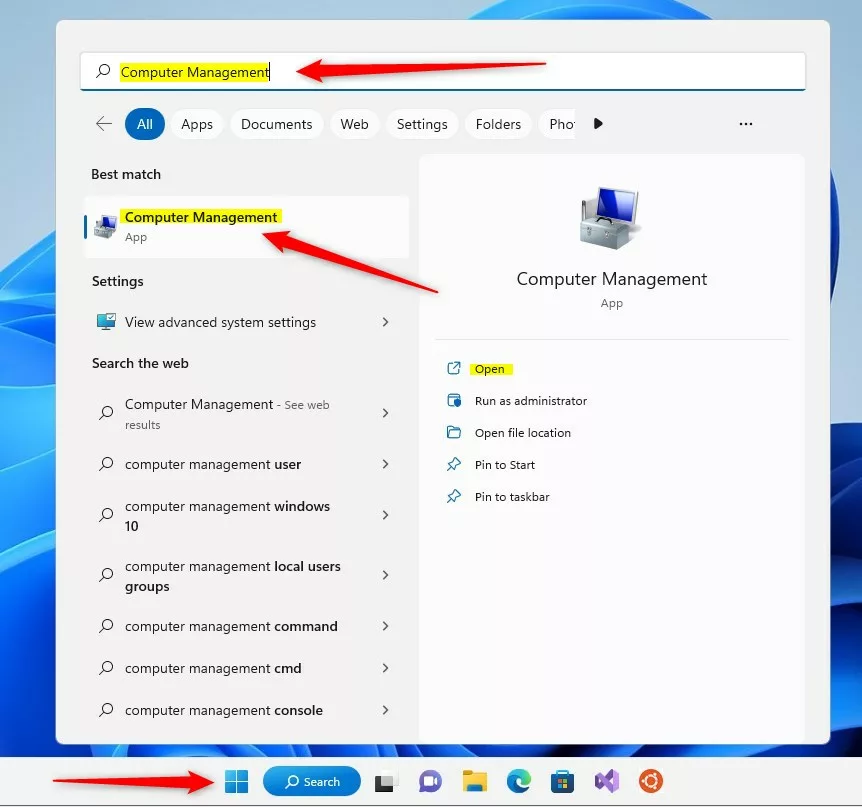
Expand the Local Users and Group folder on the left when the app opens. Select the Users folder. On the right, you should see all the local accounts created on the system, including hidden (disabled) accounts.
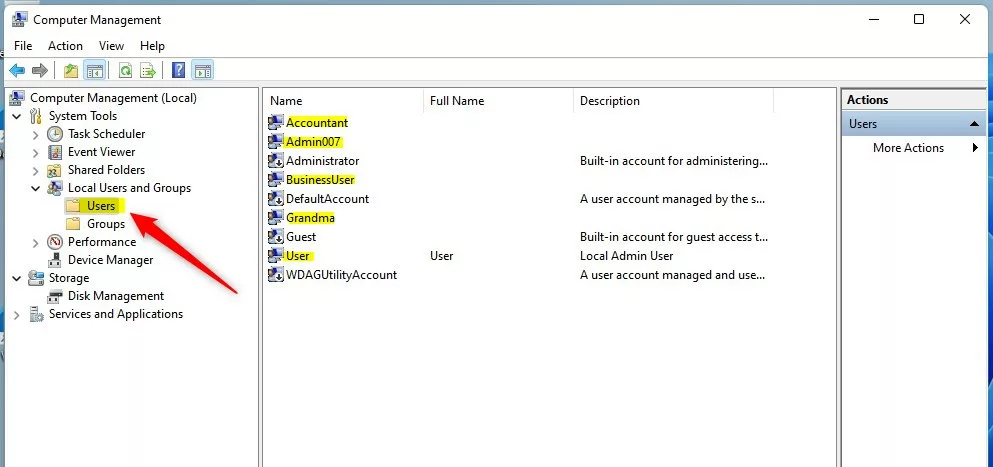
List all user accounts using Windows Command Prompt
Yet another tool to list all user accounts in Windows is the Command Prompt. To do that, open the Command Prompt, then type the commands below.
net user
The command above should list the user accounts similar to the lines below.
User accounts for \\WINDEV2211EVAL ------------------------------------------------------------------------------- Accountant Admin007 Administrator BusinessUser DefaultAccount Grandma Guest User WDAGUtilityAccount The command completed successfully.
Alternatively, you can also use the commands below to list all user accounts.
wmic useraccount get name
That should output all accounts, including hidden or disabled accounts.
Name Accountant Admin007 Administrator BusinessUser DefaultAccount Grandma Guest User WDAGUtilityAccount
View all user accounts using Windows PowerShell
If the tools and apps above are insufficient, you can use Windows PowerShell to list all user accounts, including hidden ones.
To do that, open the Windows PowerShell app.
Then, run the commands below to list all accounts.
Get-LocalUser
The command above will output lines similar to the one below.
Name Enabled Description ---- ------- ----------- Accountant True Admin007 True Administrator False Built-in account for administering the computer/domain BusinessUser True DefaultAccount False A user account managed by the system. Grandma True Guest False Built-in account for guest access to the computer/domain User True Local Admin User WDAGUtilityAccount False A user account managed and used by the system for Windows Defender Application Guard scen...
These tools and apps should be enough to help you discover the users on your system.
Conclusion:
- Using the Windows Settings app, Computer Management, Command Prompt, and Windows PowerShell, you can effectively view all existing user accounts on a Windows 11 system.
- Each method provides a comprehensive list of user accounts, including hidden or disabled ones, giving system administrators and power users the tools to manage and monitor user access effectively.
- Windows 11 offers multiple options for accessing and managing user account information, whether through the user-friendly Settings app or the more technical PowerShell commands.
- By employing these tools, you can gain valuable insights into the user landscape of your Windows 11 device, ensuring comprehensive user management and security.

Leave a Reply